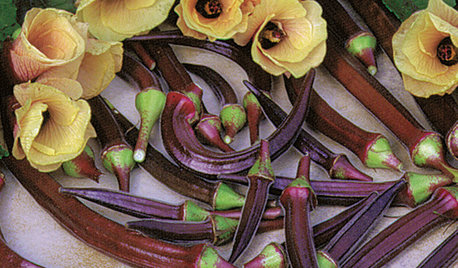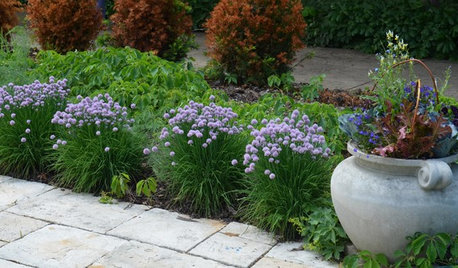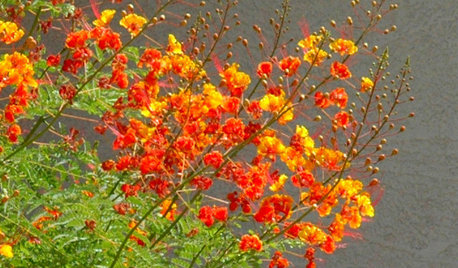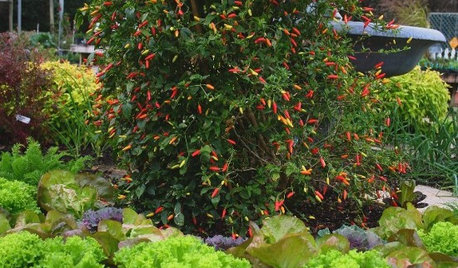When to plant beans, okra and cukes in Z6
ilene_in_neok
16 years ago
Related Stories

GARDENING GUIDESSummer Crops: How to Grow Okra
Go for the gumbo with this quick-growing edible that brings colorful pods and delicate flowers to a summer garden
Full Story
SUMMER FRUITS AND VEGETABLESSummer Crops: How to Grow Beans
Grow your own beans for amazing variety and healthy, convenient produce all summer
Full Story
DECORATING GUIDESHow to Decorate When You're Starting Out or Starting Over
No need to feel overwhelmed. Our step-by-step decorating guide can help you put together a home look you'll love
Full Story
GARDENING GUIDES6 New Plant Varieties That Beat Out Their Parents
With better resistance and fewer demands, these garden beauties are worth a spot on your wish list
Full Story
EDIBLE GARDENSGarden BFFs? Why Your Vegetables Are Begging for Companion Plants
Foster friendships among plants for protection from pests, pollination support and color camaraderie
Full Story
GARDENING GUIDES10 Easy Edibles for First-Time Gardeners
Focus on these beginner-friendly vegetables, herbs, beans and salad greens to start a home farm with little fuss
Full Story
INSPIRING GARDENSNative Plants Bring 10 Southern California Front-Yard Gardens to Life
Rare plants, rain gardens and wildlife habitats are just a few of the features showcased on the 2016 Theodore Payne Native Plant Garden Tour
Full Story
GARDENING GUIDESEdible Plants That Double as Ornamentals
Try growing these tasty plants with your ornamentals for an attractive garden and fresher meals
Full Story
GARDENING FOR BUTTERFLIESGreat Design Plant: Red Bird-of-Paradise Soars With Color
Fiery bursts of red-orange flowers bring hot summer gardens to life, while this shrub's drought tolerance keeps the living easy
Full Story
EDIBLE GARDENS6 Summer Edibles That Can Really Take the Heat
When garden temperatures soar, these herbs and vegetables rise to the challenge
Full StorySponsored
More Discussions






Okiedawn OK Zone 7
ilene_in_neokOriginal Author
Related Professionals
Allentown Landscape Architects & Landscape Designers · Fillmore Landscape Architects & Landscape Designers · Canyon Lake Landscape Contractors · Cliffside Park Landscape Contractors · Los Banos Landscape Contractors · Lynn Landscape Contractors · Ronkonkoma Landscape Contractors · Royal Oak Landscape Contractors · Seminole Landscape Contractors · Westchester Landscape Contractors · Albemarle Decks, Patios & Outdoor Enclosures · Auburn Decks, Patios & Outdoor Enclosures · Blue Springs Decks, Patios & Outdoor Enclosures · South Miami Heights Decks, Patios & Outdoor Enclosures · Wentzville Decks, Patios & Outdoor EnclosuresOkiedawn OK Zone 7
ilene_in_neokOriginal Author
sheri_nwok
Okiedawn OK Zone 7
sheri_nwok
Okiedawn OK Zone 7
very_blessed_mom
Okiedawn OK Zone 7
very_blessed_mom
Okiedawn OK Zone 7
sheri_nwok
Okiedawn OK Zone 7
sheri_nwok
Okiedawn OK Zone 7